First stop was Iglesias De Guapulo, aka Shrine of the Virgin of Guápulo. According to our tour guide, the primary reason for building it was to destroy a indigenous shrine that had been located at that site, but as time went on and many of his stories involved the Spanish Conquistadors being jerks, I went and googled it and can't find any mention of such a thing. It's the first Marian shrine (dedicated to the Virgin Mary) in Ecuador. It was closed when we visited, and from the message boards it doesn't look like a particularly well attended church, which seems surprising because the interior (seen through iron bars) is quite stunning. But the city center housed a number of larger, more ornate churches / cathedrals, so I suppose there's an oversupply of places of worship.
Some of the art is supposed to be original (but the church was rebuilt at some point, so not sure what that means), and there was one famous painting that use to be the backstop for the altar, but it was taken by Americans (subtitle: also jerks) and is now on display at the New York Metropolitan Museum of Art.
The courtyard included a statue of Francisco de Orellana, a moderately famous Spanish explorer best known for sailing the length of the Amazon.

 |
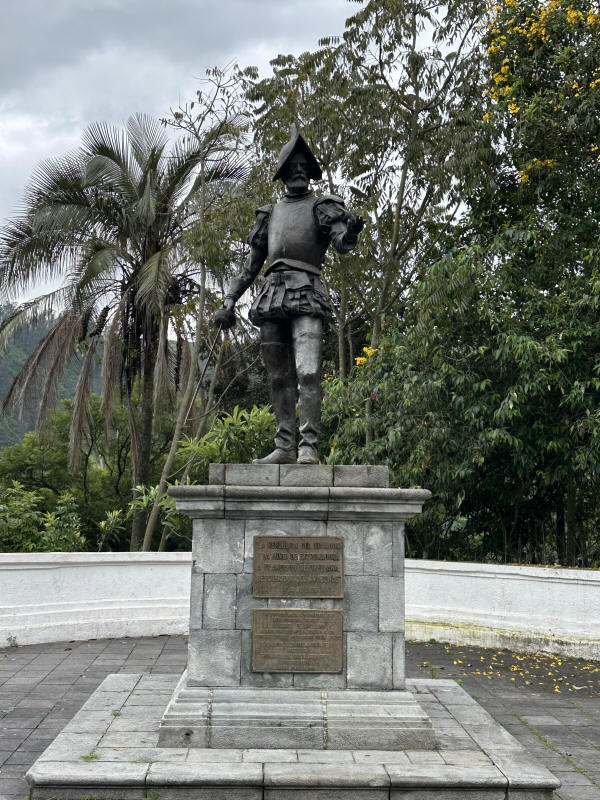 |
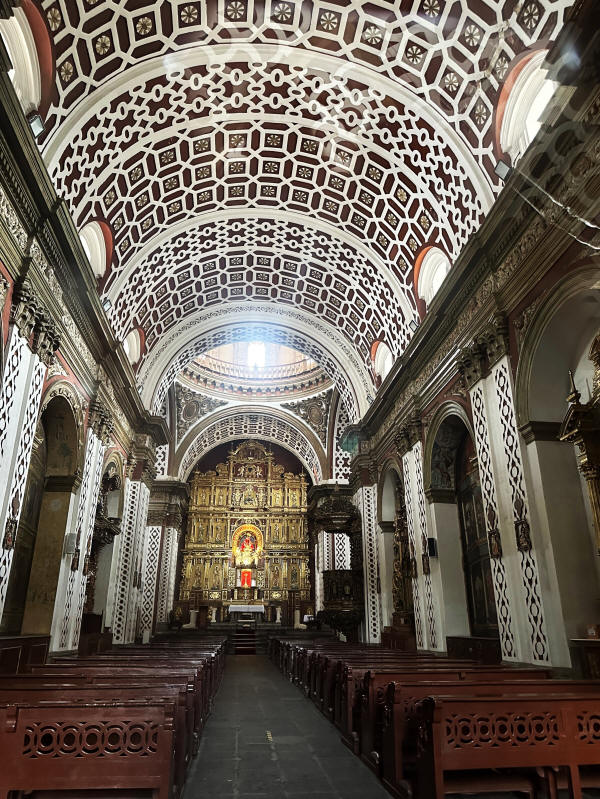 |
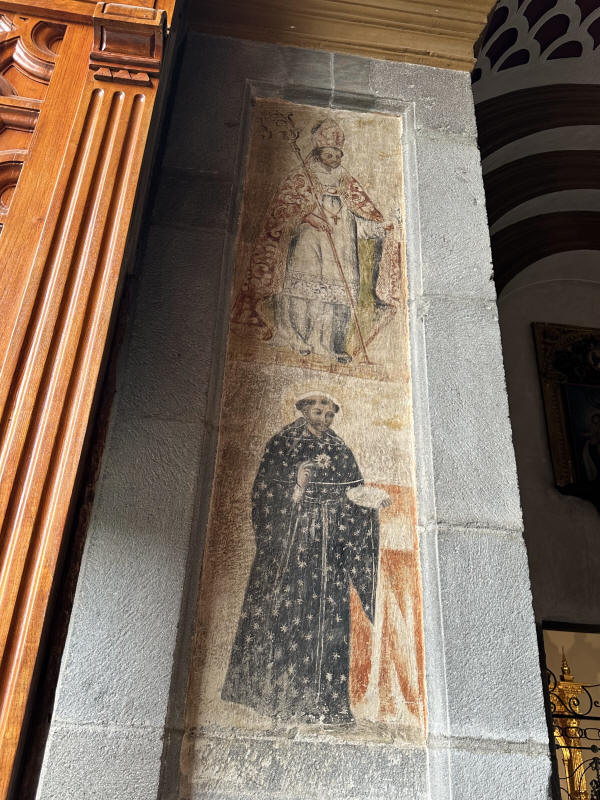 |
Next stop was the Basílica del Voto Nacional, the largest neo-Gothic basilica in the Americas. "Neo" in this case means "simulated" because the cathedral was started (or at least approval to start it) in 1883, and was consecrated and put into service in 1988 over 100 years later, so it's not that old. You can see that in odd ways. My favorite is that the "gargoyles," if you look closely, are actually tortoises, iguanas and other Galapagos wildlife.
It's located in the center of Quito, and our guide had a map and talked about how all the cathedrals and churches, if you connected them on a map, formed a cross, and were always facing one direction, or something along those lines, but it looked more like someone noticed it post facto than a grand design.
And it had, of course, it's own radio station.
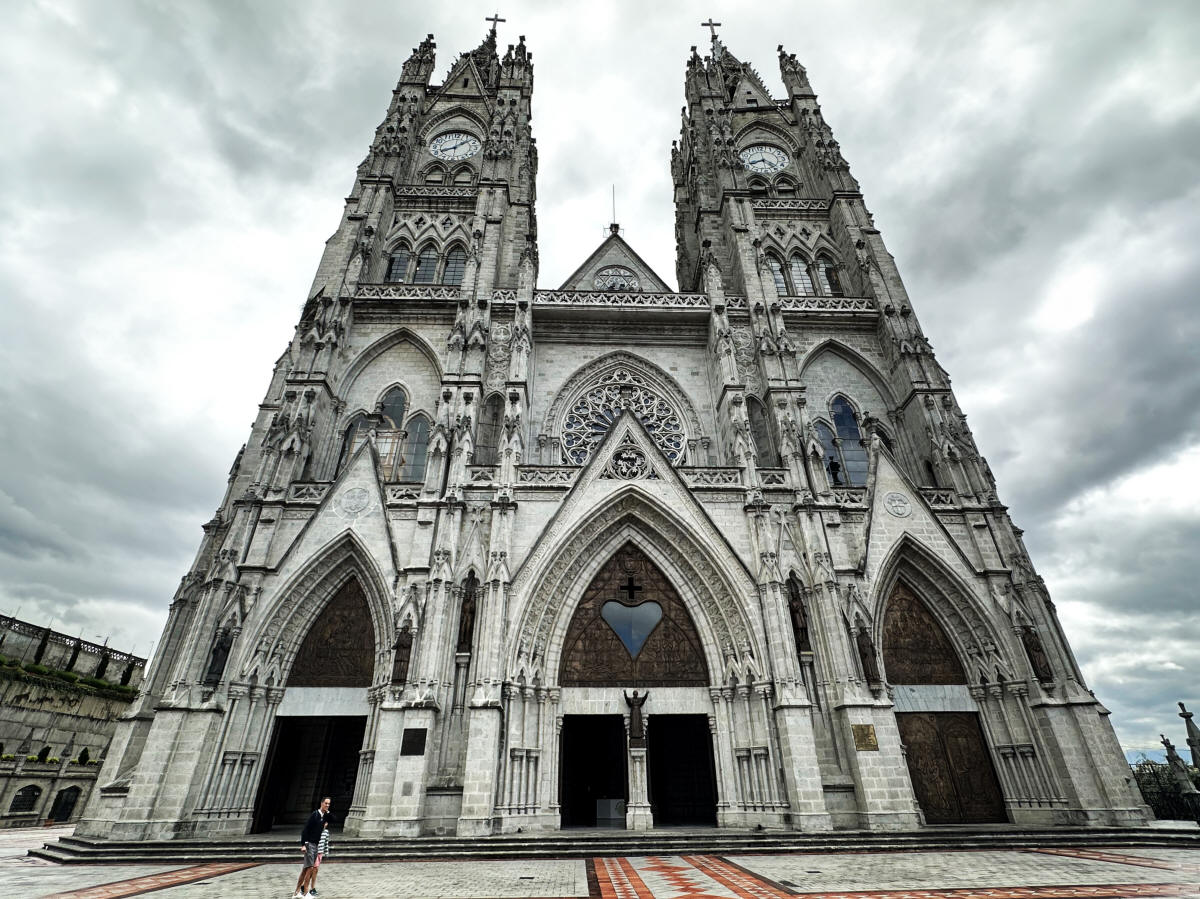
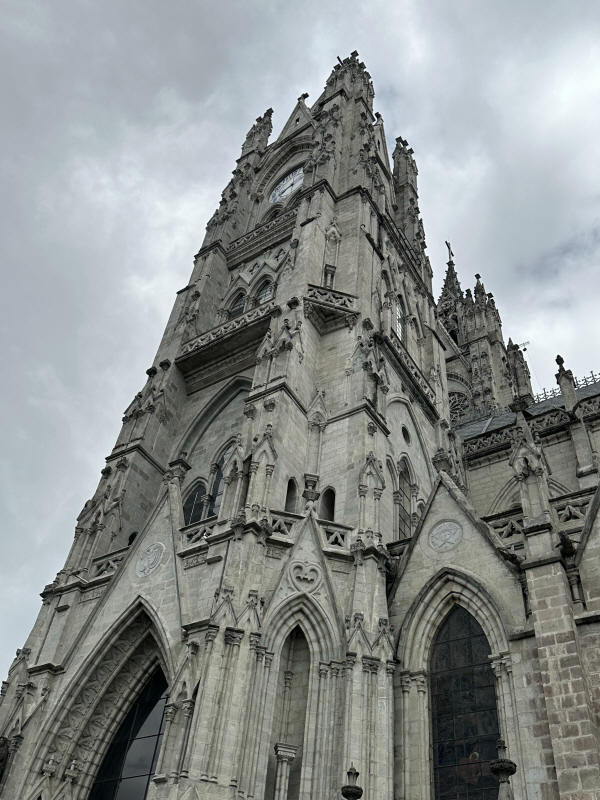 |
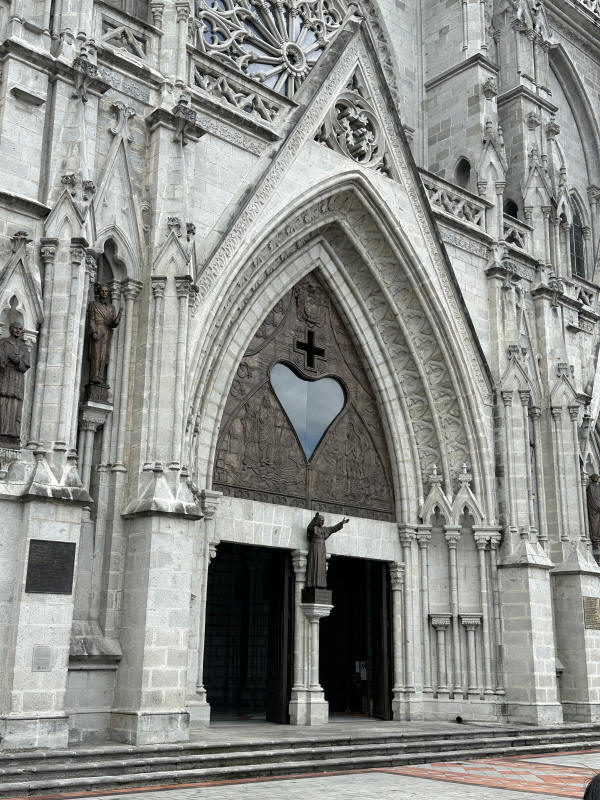 |
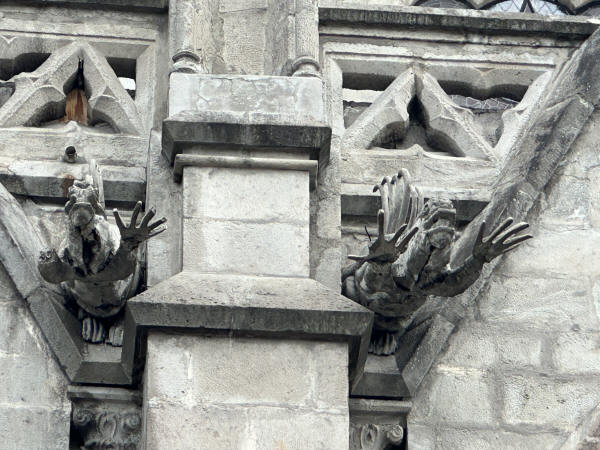 |
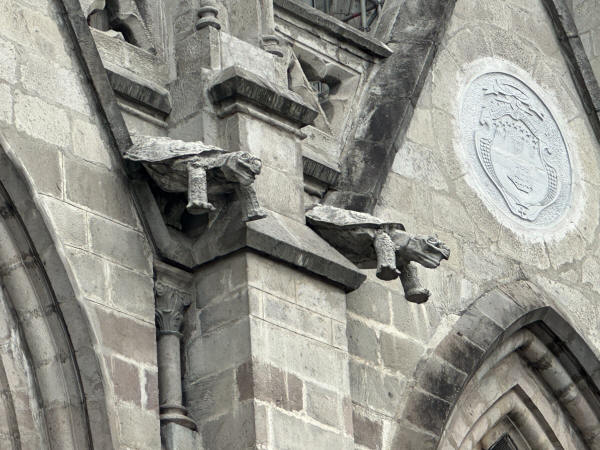 |
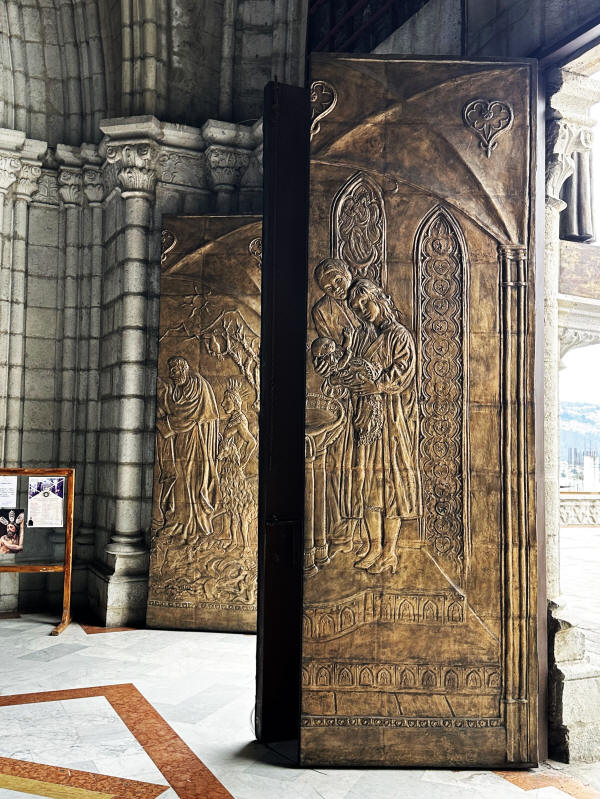 |
 |
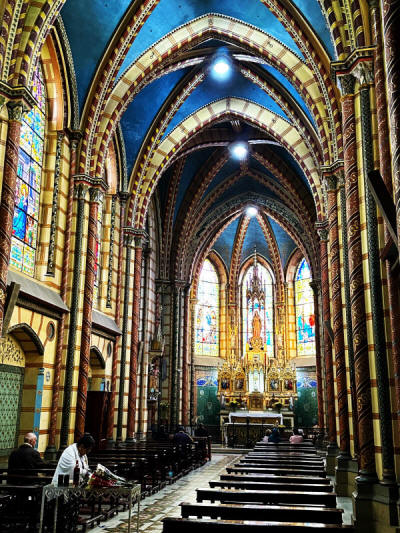 |
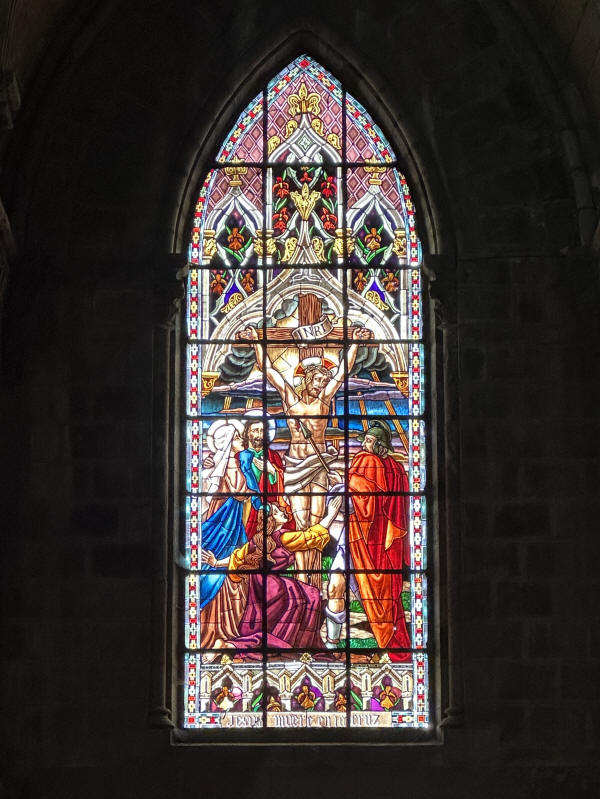 |

Cathedral 3, Iglesias de El Sagrario (Church of the Tabernacle, or Shrine, or Sanctuary ... seems to have a lot of alternate English translations). "Sagrario" churches are annexes of a main church (that didn't really get explained and it looked pretty independently church-like to me).
 |
 |
 |
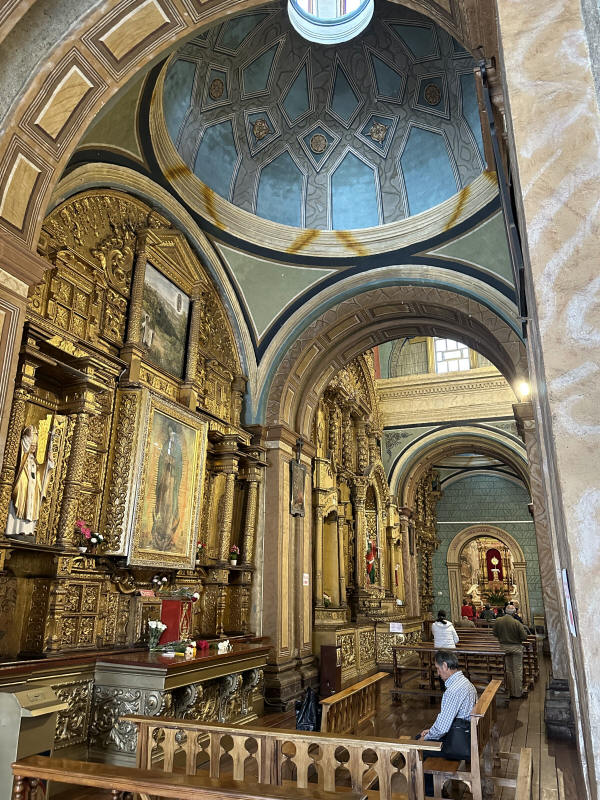 |
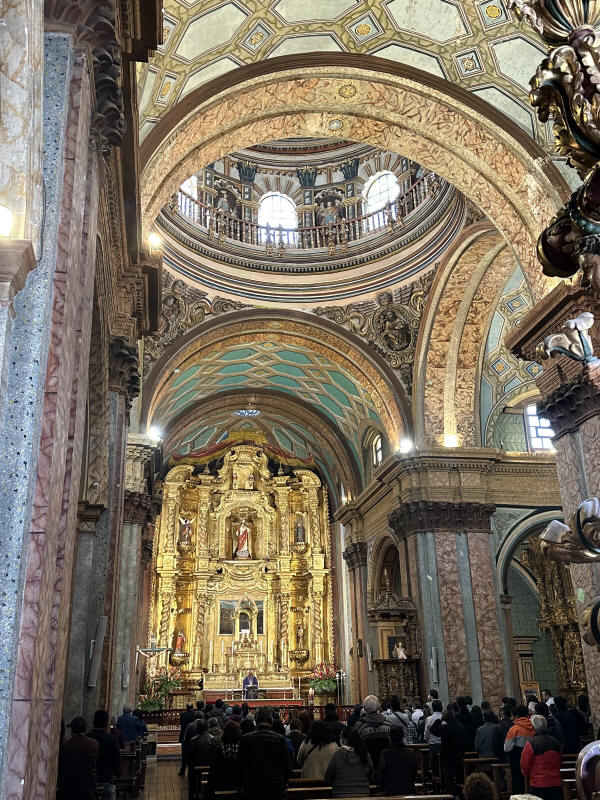 |
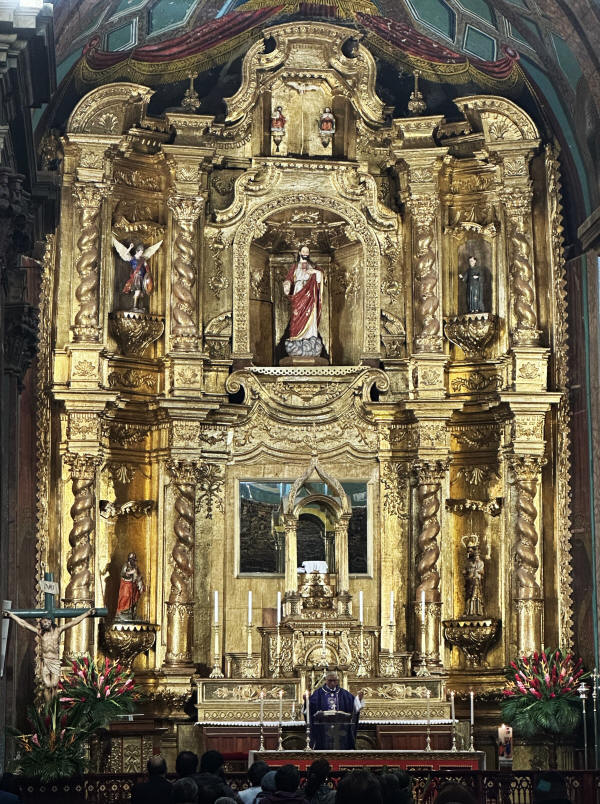 |
Cathedral 4, Church and Convent of San Ignacio de Loyola de la Compañía de Jesús de Quito. The guide told us that the building had been the work of Jesuits over a span of 200 years, and that they had been kicked out of Ecuador two years after it's completion. Again, I'm taking that with a grain of salt, because while it seems Jesuits were expelled from Spanish territories for just a little over 100 years, the math doesn't quite add up. But it was very impressive, with gold leaf adorning almost every wall and column inside. You weren't supposed to take pictures, but I noticed our guide was, so I snapped a shot, below. It was palm Sunday and, as a result, very crowded. Also interesting, if you looked at some of the repeating patterns, you could see indications of indigenous art worked into it, something our guide said was typical for the locals who worked on the building's construction.
Later, he took us up to a loft that housed the organ (and organist, who looked at us like we were intruding, which made me suspect the guide was pulling a fast one).
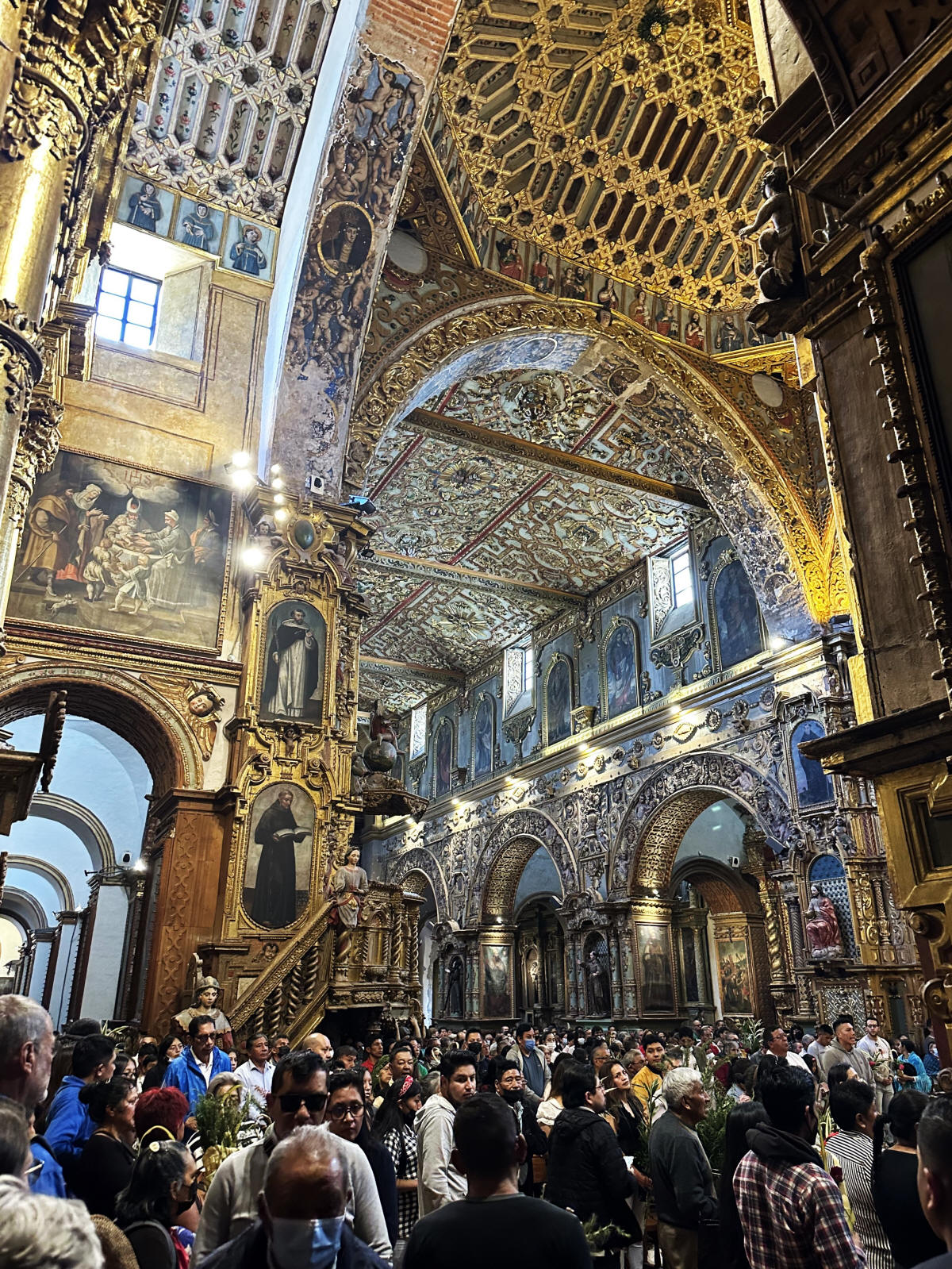
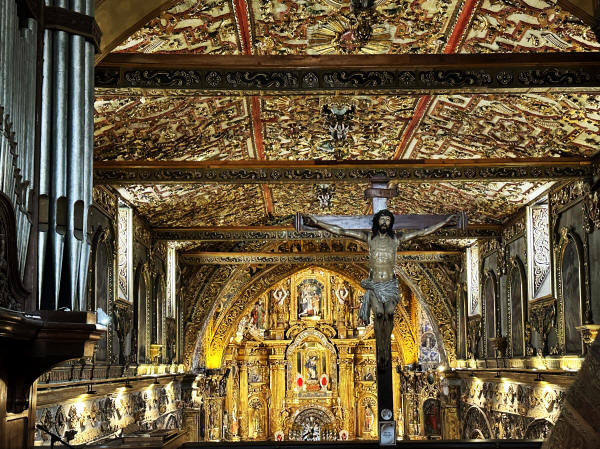 |
 |
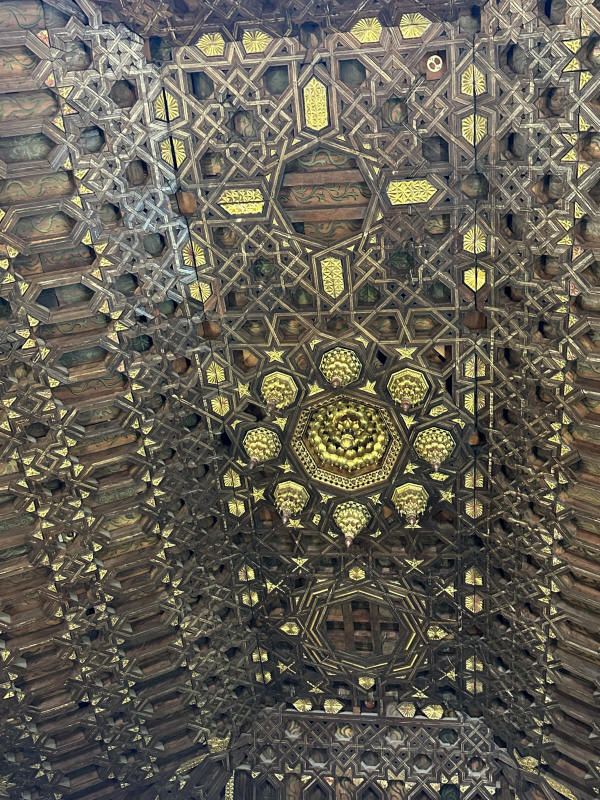 |
 |
Nearby (attached, really, there were small holes where you could look into the adjoining church) was the San Francisco Convent, which was a beautiful Spanish Hacienda with multiple courtyards, and inside the long hallways, displays of religious artifacts. And, of course, the brewery where the monks made beer.
 |
|
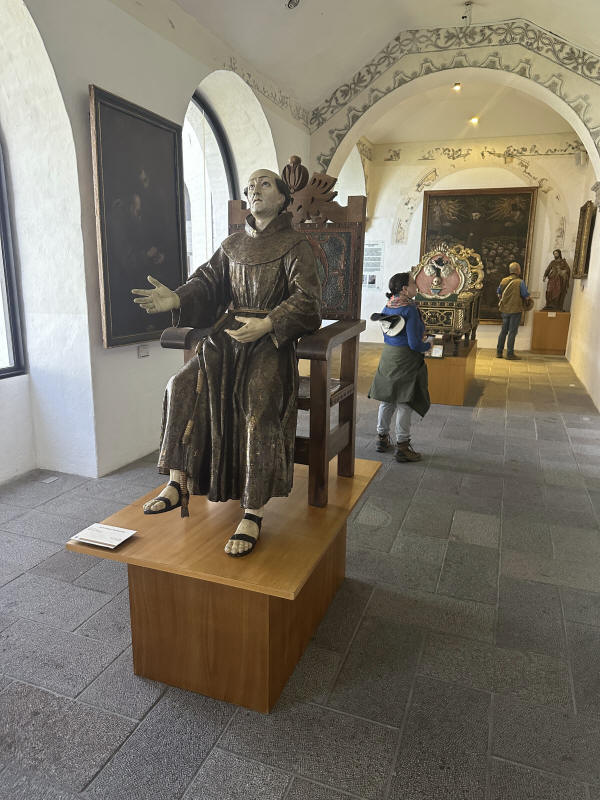 |
 |
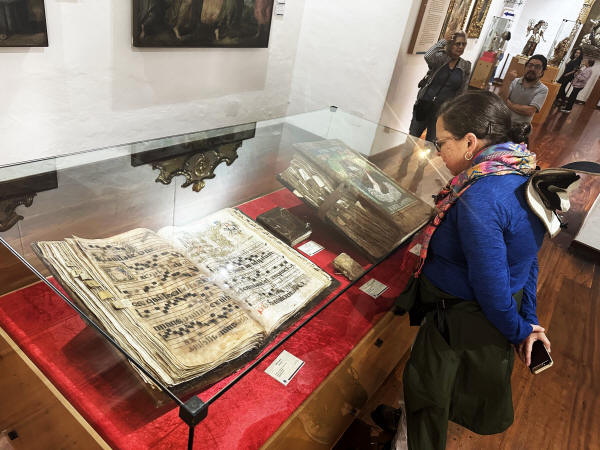 |
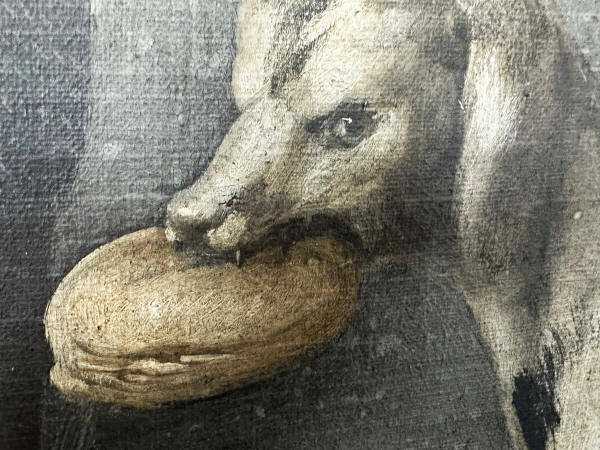 |
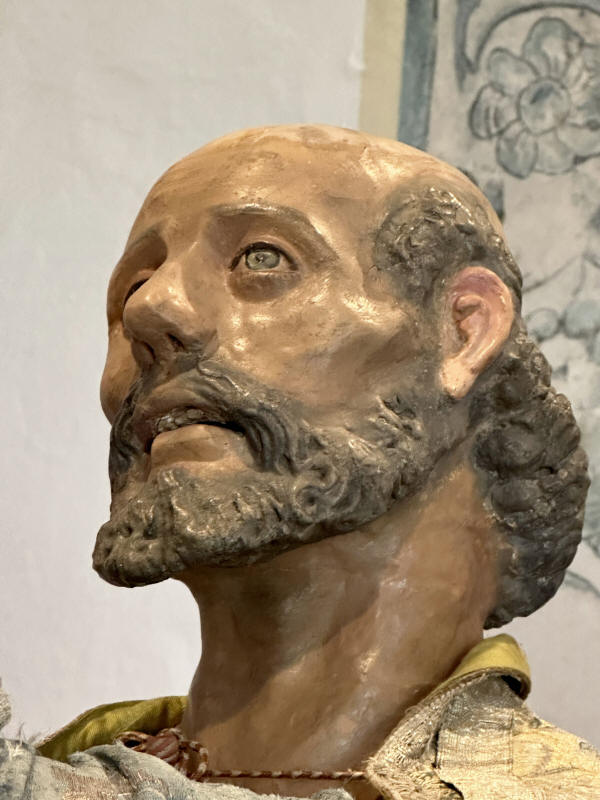 This statue's head encases an actual skull |
 Peep hole into the adjoining church |

Then the guide took us to the top of Ignacio de la Compañía for views of the city.
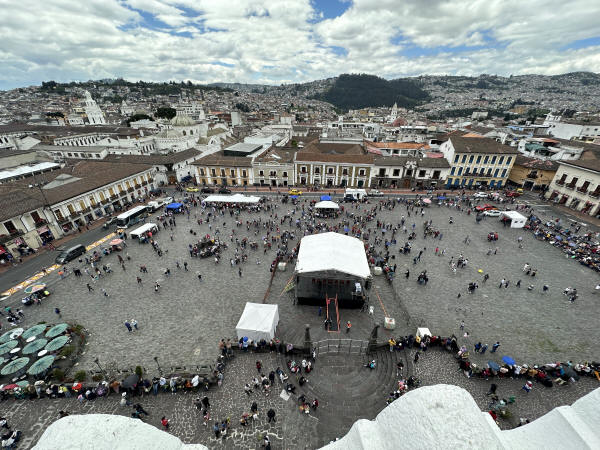 |
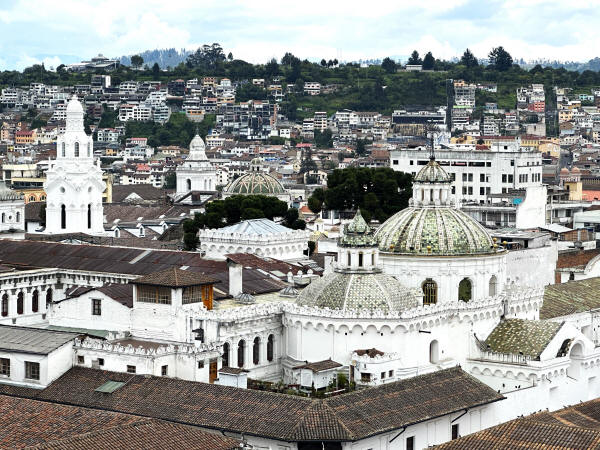 |
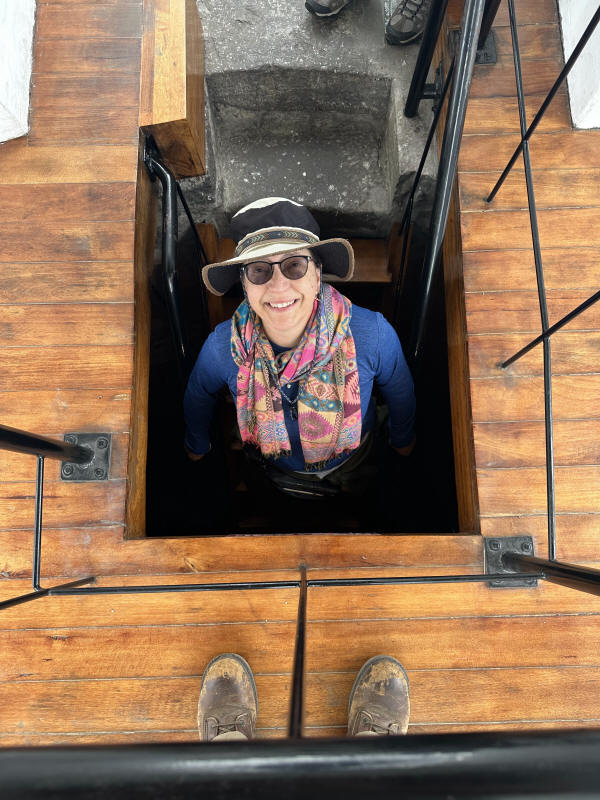 |
Back to the Quito main page